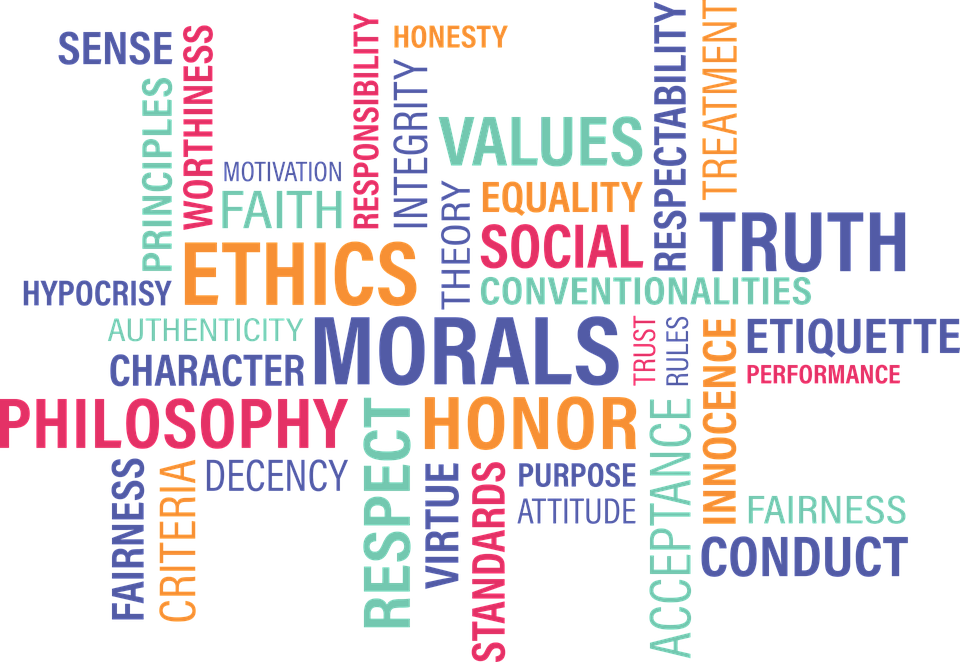Can I be dedicated to thinking critically with intellectual virtue and still effectively serve my organization as a leader? This may depend on my role. I’ve worked for many organizations throughout my career, and I find that the larger the organization, the more closed off they are to critical thinking and questioning. This could simply be due to the fact that in smaller organizations I've been able to speak directly with the Executive Director and CEO, but in government operations, and corporate business, the top of the leadership chart is often much further away. If I’ve learned anything in my Masters of Science in Leadership program thus far, it is that a strong leader and therefore a good critical thinker, lives in question (Nosich, 2012). Questions are the tool through which we dissect and understand our lives and the world around us. When children ask questions we welcome their curiosity and encourage it, but as we enter the professional world our questions are often met with standard operating procedures and detailed action plans. While standardization is important to many business processes, the phrase “this is how we’ve always done it” is the antithesis of critical thinking.
Reflecting on why I’ve felt this way about the organization that I’ve been a part of, I see that the pattern may have something to do with my role in the organizations. The closer to the policy makers, the more empowered I felt to think critically, ask questions, and challenge the status quo. Every organization needs both thinkers and doers, but sometimes I was being paid to do and not think. In those roles when my job was to do I found myself faced with the reality that the decisions I was making were not my own. They were aligned with the policies of the organization I worked for, not my own virtues. For example, in a human resources role, I found that an employee was not logging their time correctly after the employee had been paid for their time. They came to me after the fact to confess that they had inadvertently shortened their hour breaks by 15 minutes. I attempted to address the issue with the head office. This communication launched an investigation into the employee and ultimately resulted in their termination due to a “zero-tolerance” policy regarding hours reporting. Having first hand knowledge of the employee, I believed that it was an accident and should not have resulted in termination for a once-time offence. I made my case with leadership and fought to the end to save my employee’s job. Despite this, I was bound by policy to work with the general manager to terminate the employee.
Having my hands tied was an uncomfortable position. I lacked the power to make decisions that aligned with my own critical thinking about the situation, however in this reflection, I can see that I still practiced intellectual virtues in those moments. I had the intellectual autonomy to reason through the situation and come to my own conclusion despite what the policy stated. I had the intellectual courage to state my reasoning to decision makers, and stand by my thinking despite pressure to back down (Paul & Elder, 2020). In the many roles I have held through my career I've been able to exercise my intellectual virtues in my thinking, although they were not always permitted in my decision-making.

A500.4.2.RB The Virtuous Leader
Comments
Post a Comment